PC building has long been a hobbyist endeavour, but it feels like it's become increasingly out of reach for the average consumer. Over the past few years, a combination of growing public interest in the hobby, inflation pressures, and now tariffs, continues to drive component prices higher.
When assembling a PC on a tight budget, there are some basic concessions I make to help myself get the most out of my build, like gaming at 1080p. But in navigating a new PC build in today’s market, there are a few things I do to save on the components themselves.
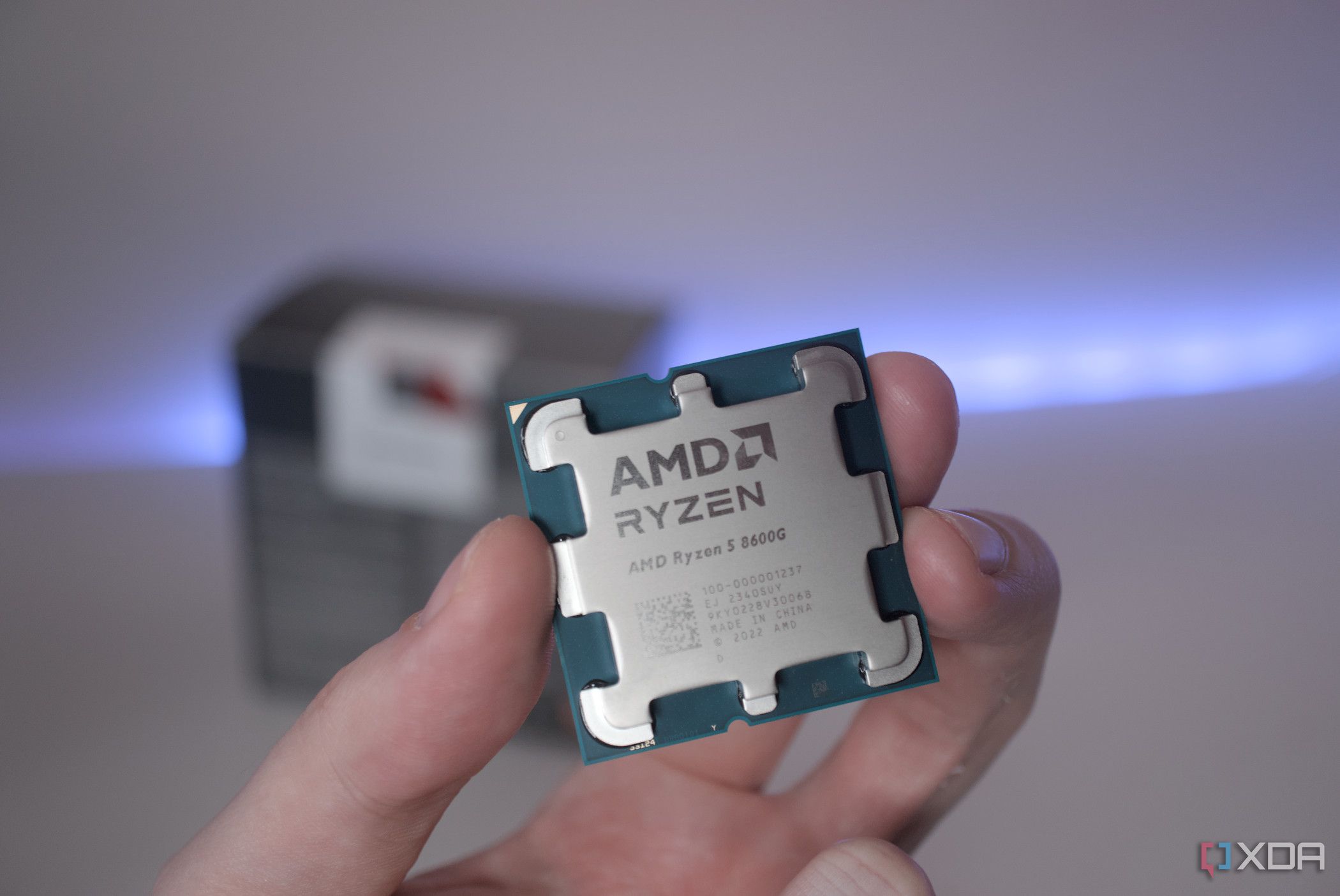
Related
4 reasons a Ryzen APU is the best starting point for budget gamers
PC beginners starting on a budget should have Ryzen APUs on their radar
4 Focus on value over aesthetics
Sleek design and lots of RGB can cost a pretty penny
Perusing online forums for PC build inspiration will yield endless images of gorgeous, RGB-laden cases and components. From full-tower-sized cases with tempered glass sides to AIO coolers with LCD screens on the pumps, the cost of those flashy, aesthetic-driven details adds up quickly.
The same can be said for my basic peripherals. I don't need to spend hundreds of dollars on a keyboard or mouse fit for professional gamers. While basic versions might not have all the modern bells and whistles like rapid trigger, super-high DPIs, and ultra-customizable hardware, my WASD keys and my left click work just fine.
Choosing parts that perform their core task without any added flair invariably saves me money. If I can accept that I might end up with a PC that's a little clunky, a little dark, and a touch outdated aesthetically, I save money on my build.
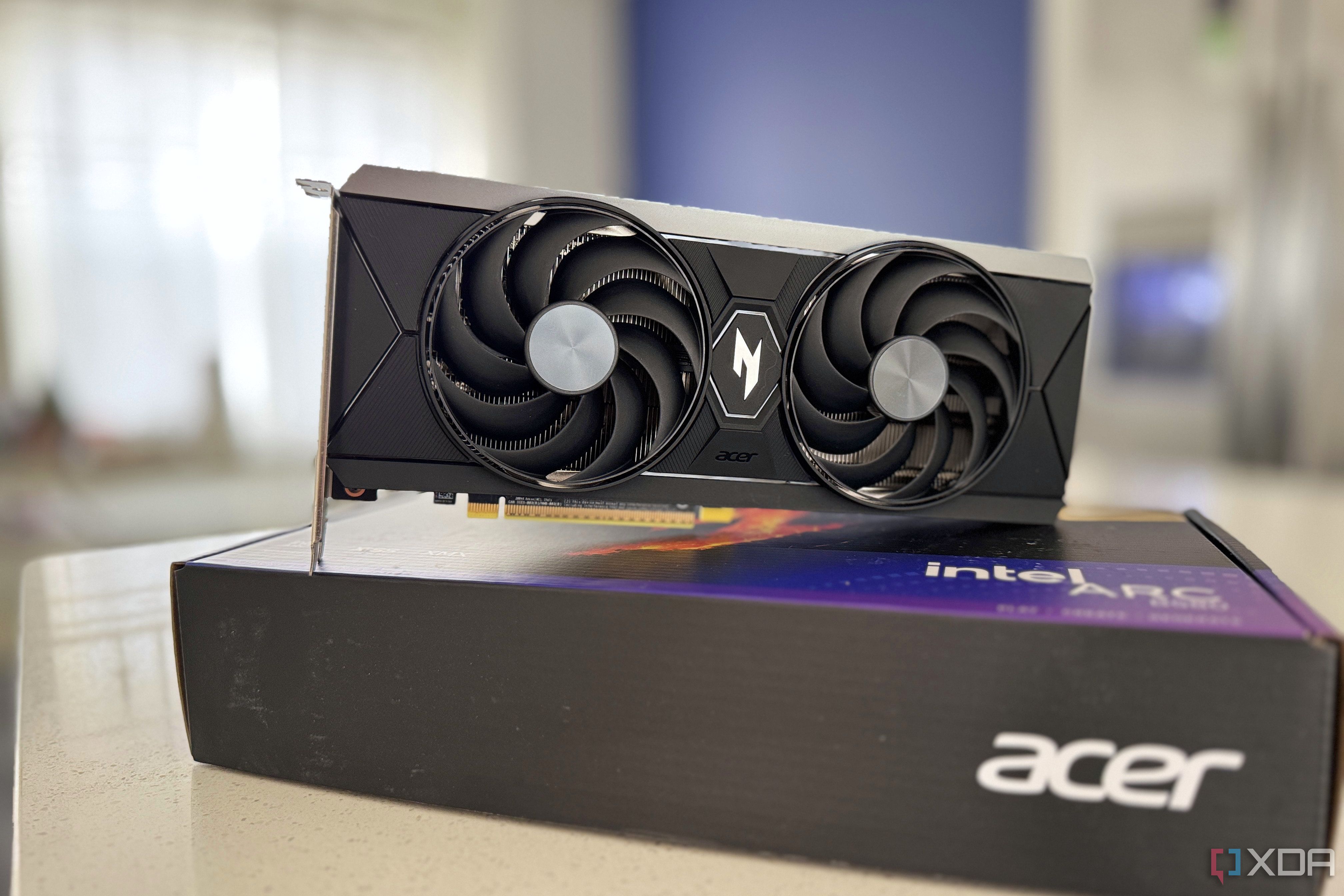
Related
The era of great value GPUs is over, but budget PC gaming is thriving
Budget PC gaming is alive and well. It just looks different than it used to.
3 Build around bundles
Knock out multiple core components for one low price
Electronics and computer hardware retailers like Newegg or MicroCenter offer discounts on PC component bundles. These savings can be substantial if I'm willing to give up the control of choosing the exact model of the part I want.
Typically, these bundles will include the CPU, motherboard, and RAM. If I'm looking for savings, then I shop by CPU and pick up the cheapest bundle that includes that model processor. This might mean I don't have the absolute highest-end board or memory, but all the parts will be compatible, and I'll save some money.
2 Price compare components
Tools like PC Part Picker can help you shop smarter
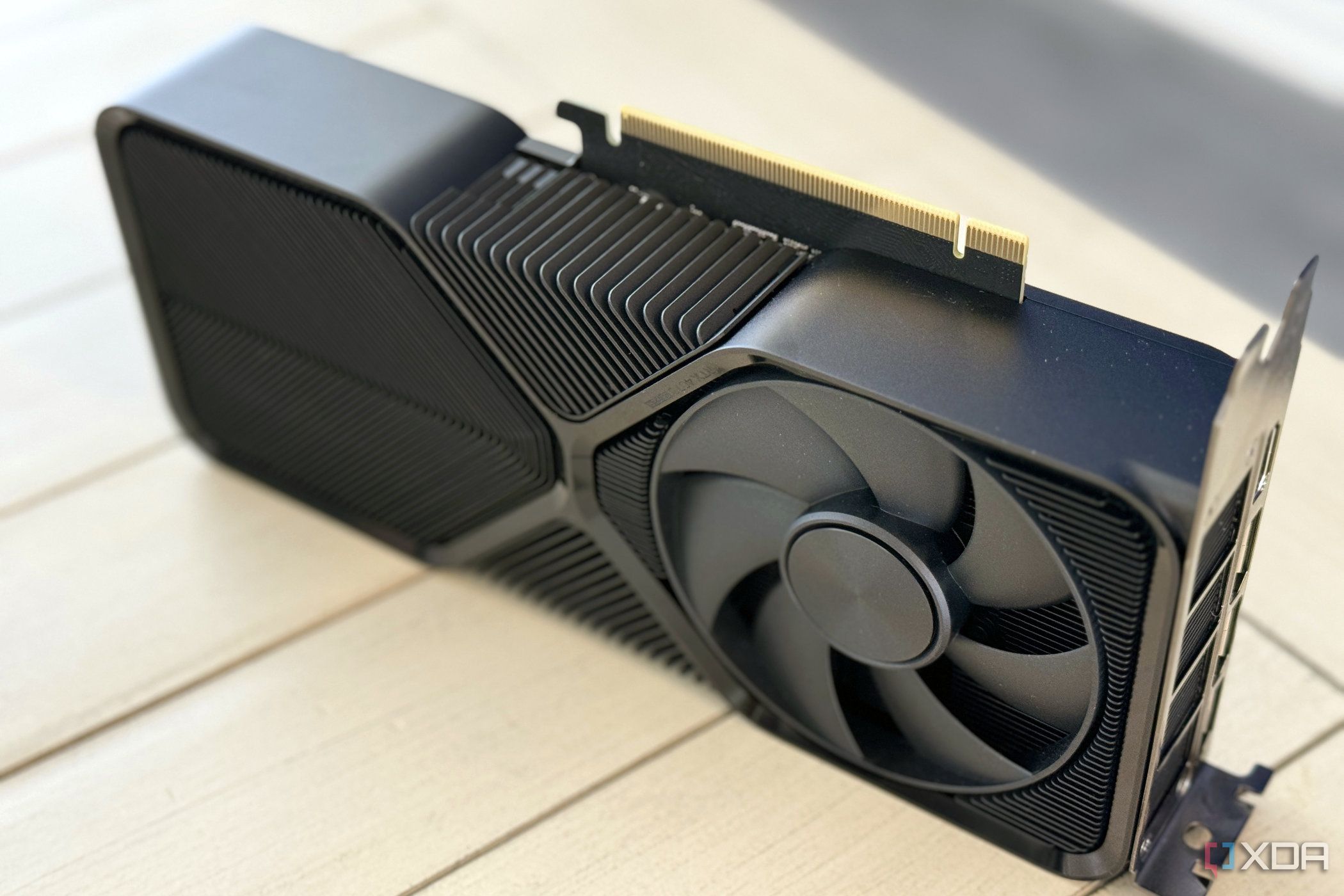
Being patient and waiting for a good deal also helps me save money on a new build. Tools like PCPartPicker can track prices and notify me when a particular part drops in price or goes on sale. Its compatibility check also helps me find the cheapest compatible components where cheaping out doesn't really affect the performance of my PC, like cases.
Waiting for holiday sales is also worth it when working on a tight budget. Again, if you're not in a hurry to finish your build, then your patience will pay off. I'll typically wait for a Cyber Monday or similar sale day if I know I'm in the market for an expensive component or upgrade.
1 Buy used components
Some parts are safer than others to buy secondhand
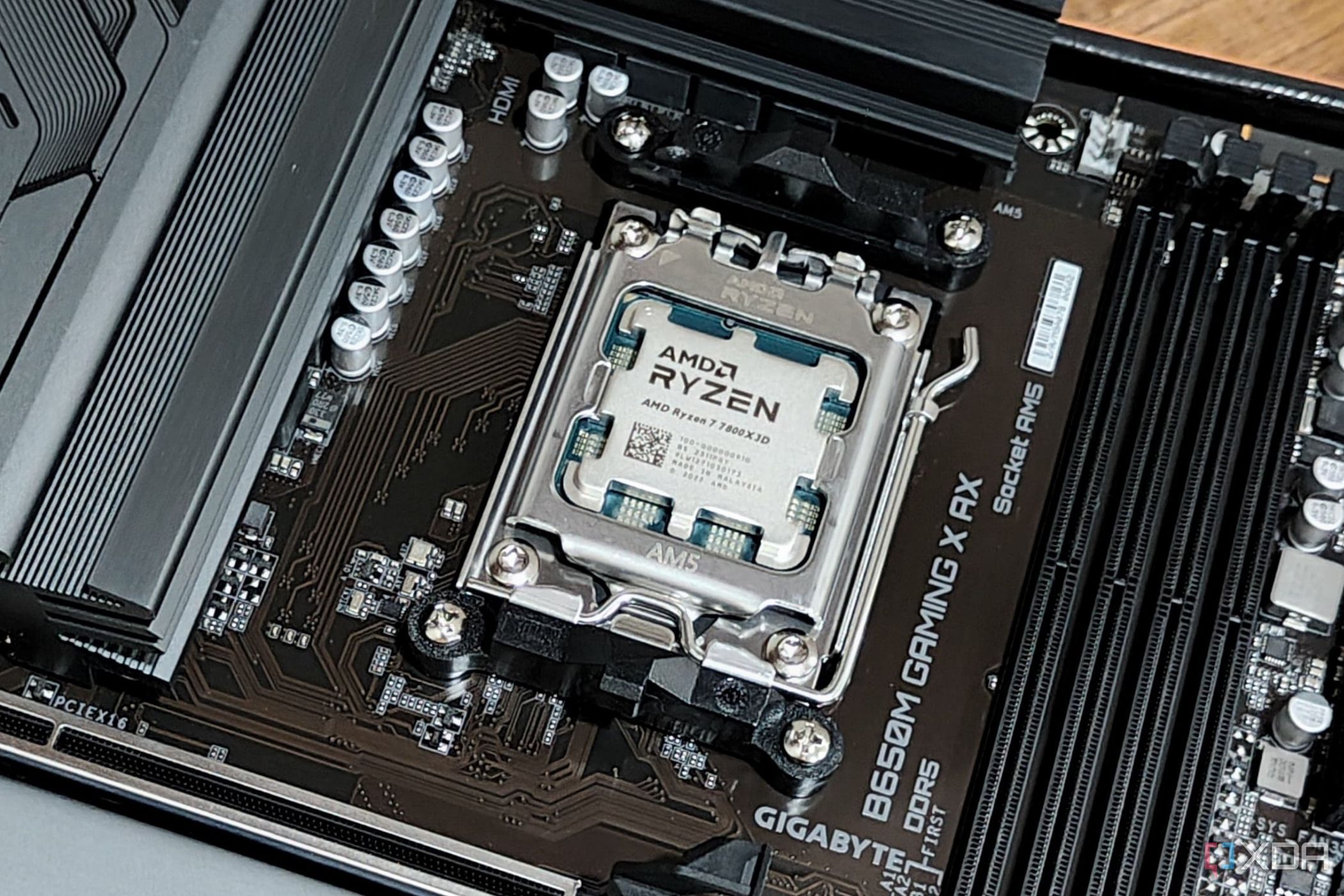
Undeniably, the most aggressive savings to be had when putting together a new build can be found in buying used parts. There are a number of online communities and forums where great deals on used parts can be found, and even on full used builds. From Reddit to Facebook Marketplace, if you're willing to do the homework, you can save a ton.
Some components are safer than others to buy and use, and rest easily, and those are the parts where performance and lifespan aren't too heavily affected by how long the previous owner had the part or how exactly they used it. Among the safest of these are CPUs, air coolers, and cases. A used CPU is one of the chunks of savings possible when buying used — just be sure to test the CPU before committing to the purchase. If the CPU passes a stress test, that's a decently sure indication that it will work just fine in your build.
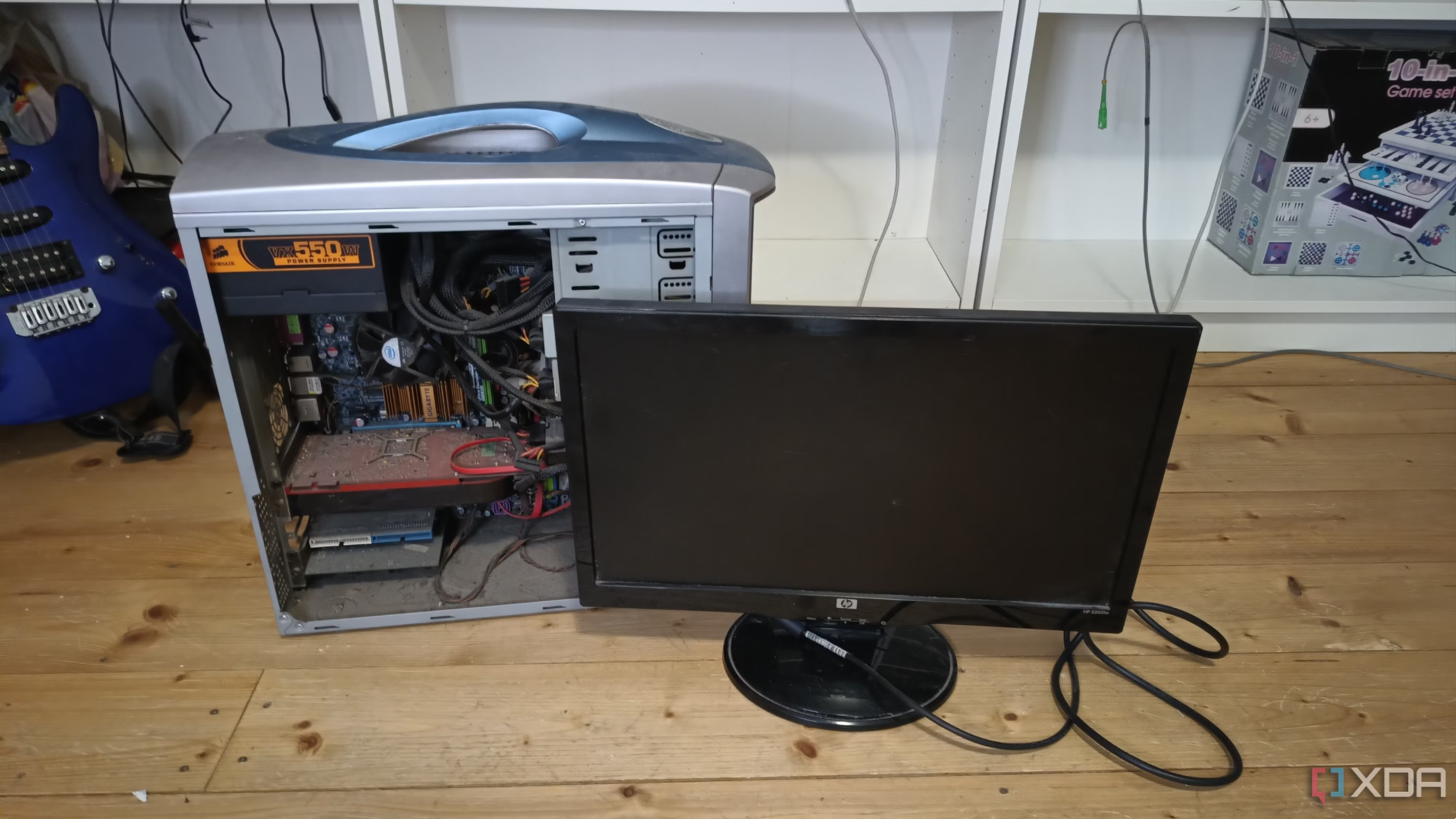
Related
Buying a used PC? I always do these 5 things first
Don't buy a used gaming PC without doing these five things to ensure it works properly.
Air coolers are another safe bet, as it's fairly straightforward to check that the heatsink isn't cracked or warped and that the fans are intact and spinning smoothly. New fans for most air coolers are fairly affordable as well, should you need them. Cases are something of a no-brainer here, at least for those with few complications. Short of there being an issue with a built-in USB controller or RGB board, what you see is what you get with a used case.
Personally, I avoid buying used GPUs and boards, as there are just too many things that can go wrong and small issues that can be easy to miss. Of course, if you're buying from a reliable and trusted source, like a friend or family member, then you'll have more peace of mind.
Patience, careful shopping, and a less flashy PC all go a long way
As with any hobby, there will always be pressure to keep up with the Joneses and build a monster PC for 4K gaming, but the reality is that most of us cannot afford that. If I'm working on a tight budget when building for myself or a friend, I stay patient with timelines and price comparisons, shop thoroughly, and focus more on making sure the PC does the job than on how cool it looks doing it.
.png)
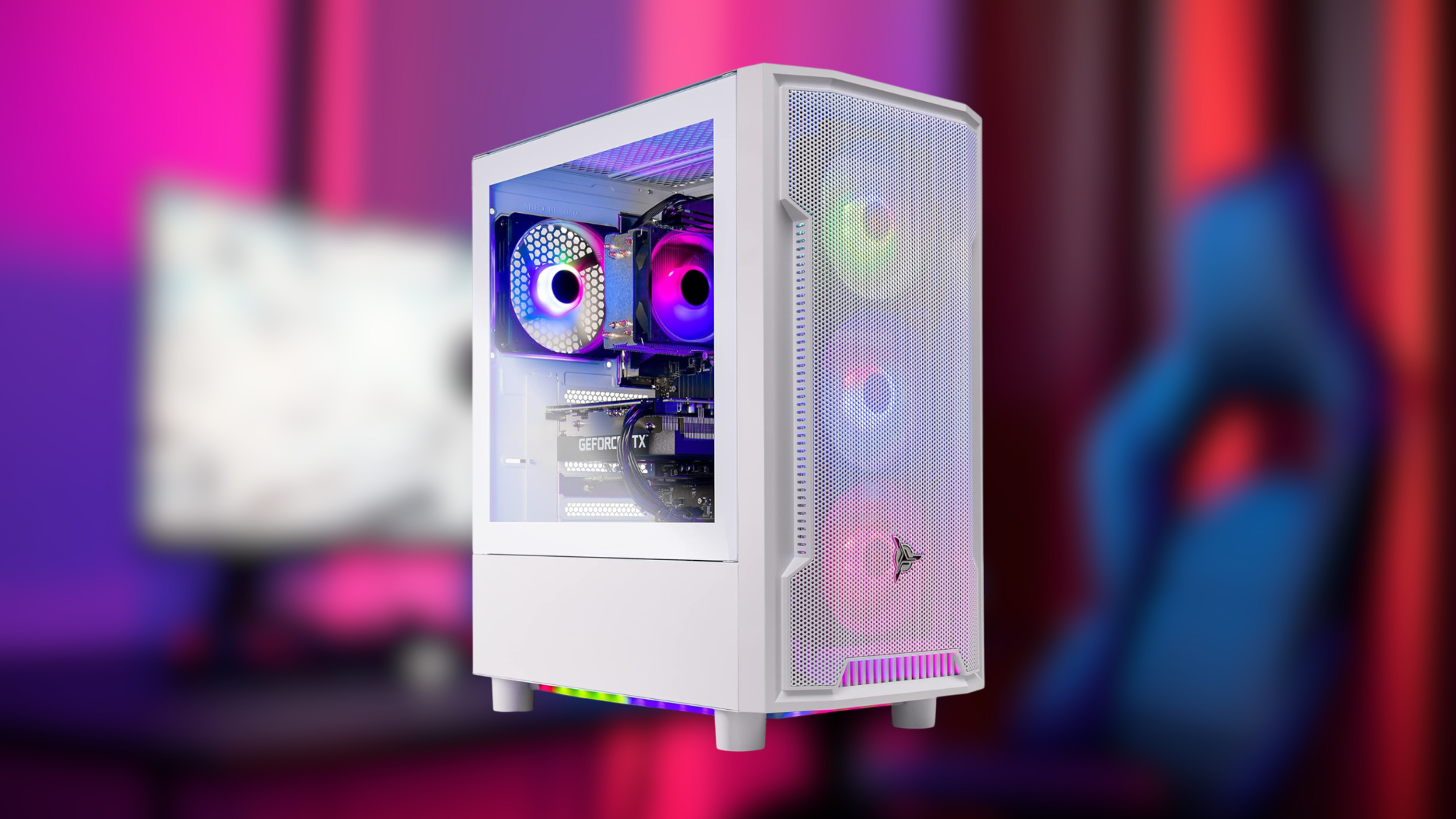
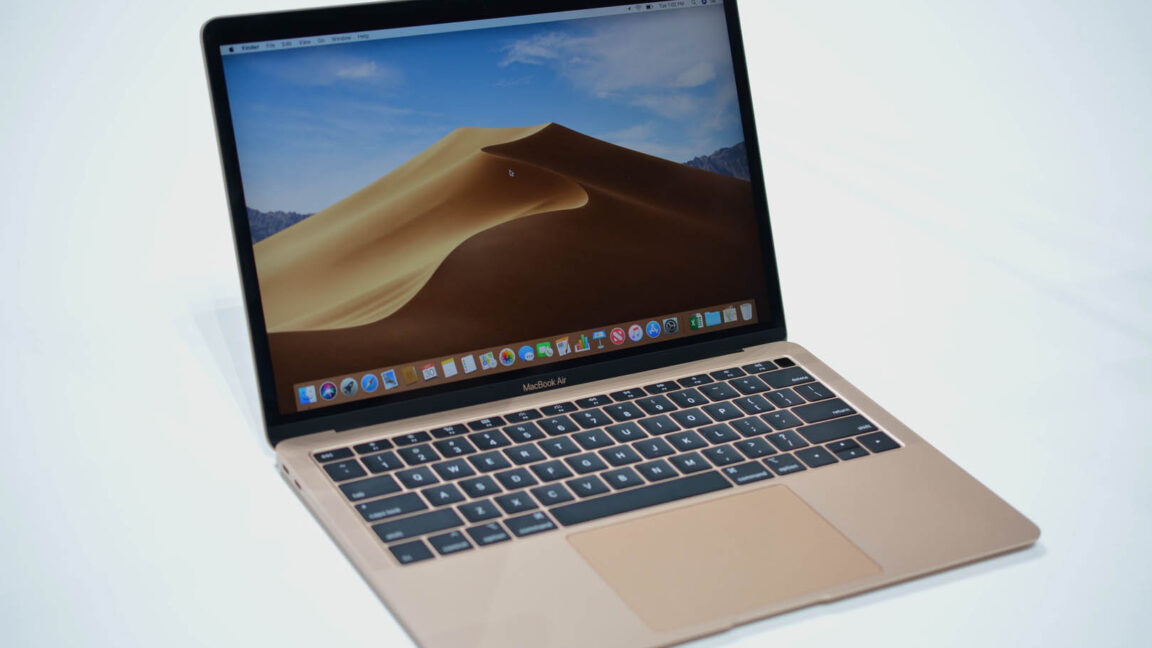



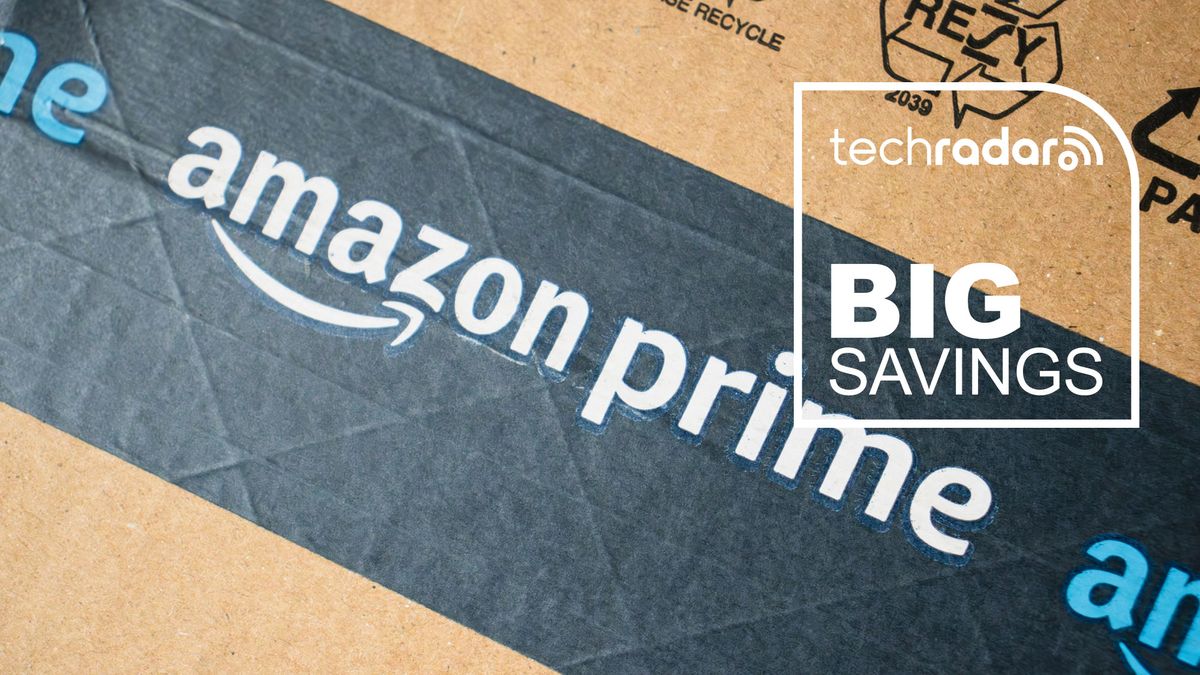





 English (US) ·
English (US) ·